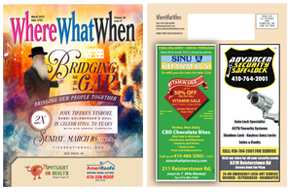Prescription Opioid Medications and Overdose Risk

n this series of articles about addiction, sponsored by the organization Chayeinu, we have been discussing paths toward opioid addiction and opioid overdose. In the last article, I wrote about the problem of teenagers progressing from alcohol or marijuana use to opioids. Often, they start with prescribed opioid medications (found in the family medicine cabinet, perhaps) and transition to illegal drugs. This is the most common path to opioid addiction. In this article, we will consider an alternate path to opioid addiction that might occur as a result of opioids prescribed to treat pain.
* * *
Opioid analgesics like oxycodone and hydrocodone, and to a lesser extent codeine and tramadol (a synthetic analgesic), are considered frontline treatments for moderate to severe pain, including some chronic pain conditions. It is interesting to consider that over any two-year period, about a third of all adults in this country receive an opioid prescription. Physicians in the United States seem to be more open to prescribing opioids than doctors from other countries.










